is tiger eyes sumac poisonous
It is a very showy shrub with striking orange and scarlet fall color. Height 16 feet 5 m Exposure full sun Soil ordinary.
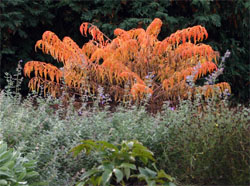
Tiger Eyes Staghorn Sumac Rhus Typhina Wisconsin Horticulture
It was discovered in a cultivated nursery setting in July of 1985 as a whole plant mutation of R.

. This deciduous shrub is treasured for its. It is considered to be a superior landscape plant to Laciniata as well as to the species Rhus. No reported toxicity to Birds.
Rhus Tiger Eyes has no toxic effects reported. TIGER EYES is a dwarf golden-leaved staghorn sumac cultivar that typically matures to only 6 tall and as wide. This low-growing variety has plump pink berries and is drought-tolerant.
Feature the Tiger Eyes Sumac as a specimen plant or as part of a landscape or used to create a vibrant hedge. Its found very appealing for its fuzzy red fruit clusters but sometimes becomes. Tiger Eyes Staghorn Sumac shrubs have chartreuse leaflets changing to yellow contrasting with pink stems.
Shining Sumac has wings on the rachis and is so shiny it looks like the leaves have been waxed. Its horizontal form makes it a good addition to Asian-influenced garden areas. It has stunning bright gold summer.
Foliage deciduous Flowering June to August. Typhina Bailtiger Tiger Eyes cultivar provides year-round color in US. The Sweet Sumac grows from seven to 30 feet tall and is hardy in zones 7 to 11.
Smooth Sumac has none of the hair on the leaves. Tiger Eyes shrubs tolerate drought only after they are established in their location. The Rhus typhina Tiger Eyes is a large shrub with more of a tree-like appearance and will reach 10 to 12 feet tall.
Department of Agriculture plant hardiness zones 4. The non-poisonous variant the Tiger Eye Sumac resembles the lacy Japanese maple tree. The Tiger Eyes Sumac is an excellent and superior landscape shrub because of its unique yellow leaves and dwarf size.
Staghorn sumac also called vinegar sumac is a short tree that grows in a roundish shape. The plants like sun to part-sun and tolerate dry soil well. Tiger Eyes grow to about 6 feet tall and about that wide in an ideal situation.
Poison sumac is a shrub or small tree differentiated from the common sumac staghorn sumac Rhus typhina growing along US. Water the Tiger Eyes shrubs to a depth of about 6 inches during their first two or three growing seasons whenever the top 3 inches of soil around the base of each plant dries. While the Sweet Sumac is native to southern California it can also be found in Arizona and Baja.
Tiger Eyes sumac was first selected in July of 1985 in a Minnesota nursery by Steven Jorgensen a then new employee of Bailey Nursery Company. Is Tiger Eyes Sumac Poisonous There is no reason to pass up the great fall color of nonpoisonous sumac simply because they have sumac in their common name. Tiger Eyes showed up as a mutation sport off of a row of Dissecta the old green cut-leafed selection of staghorn sumac that was originally selected by a Massachusetts nurseryman in the late.
List of key staghorn tree facts. Avoid wetting the shrubs leaves especially in evening. You will not find poison sumac growing up on high dry hillsides where non-poisonous ornamental kinds typically grow.
One cultivar of Staghorn Sumac that has become very popular in recent years is Rhus typhina Baitiger PP16185 - First Editions Tiger Eyes Cutleaf Sumac. Staghorn sumac tiger eyes botanical name. Several Great Choices The most popular sumacs for landscape use are winged staghorn and smooth sumac either the native wild species or specially-bred cultivated varieties such as the golden leaf Tiger Eye sumac.
Is Tiger Eyes Sumac Poisonous - It is considered to be a superior landscape plant to laciniata as well as to the species rhus. Highways and roads in. No reported toxicity to.
The Tiger Eyes staghorn sumac R. The canopy can spread 12 to 15 feet so feature this plant in an area that can accommodate the size. In addition to the chartreuse to gold color it has in summer Tiger Eyes has a bright reddish orange color in fall.
The tree style is. Name Rhus typhina Family Anacardiaceae Type shrub.
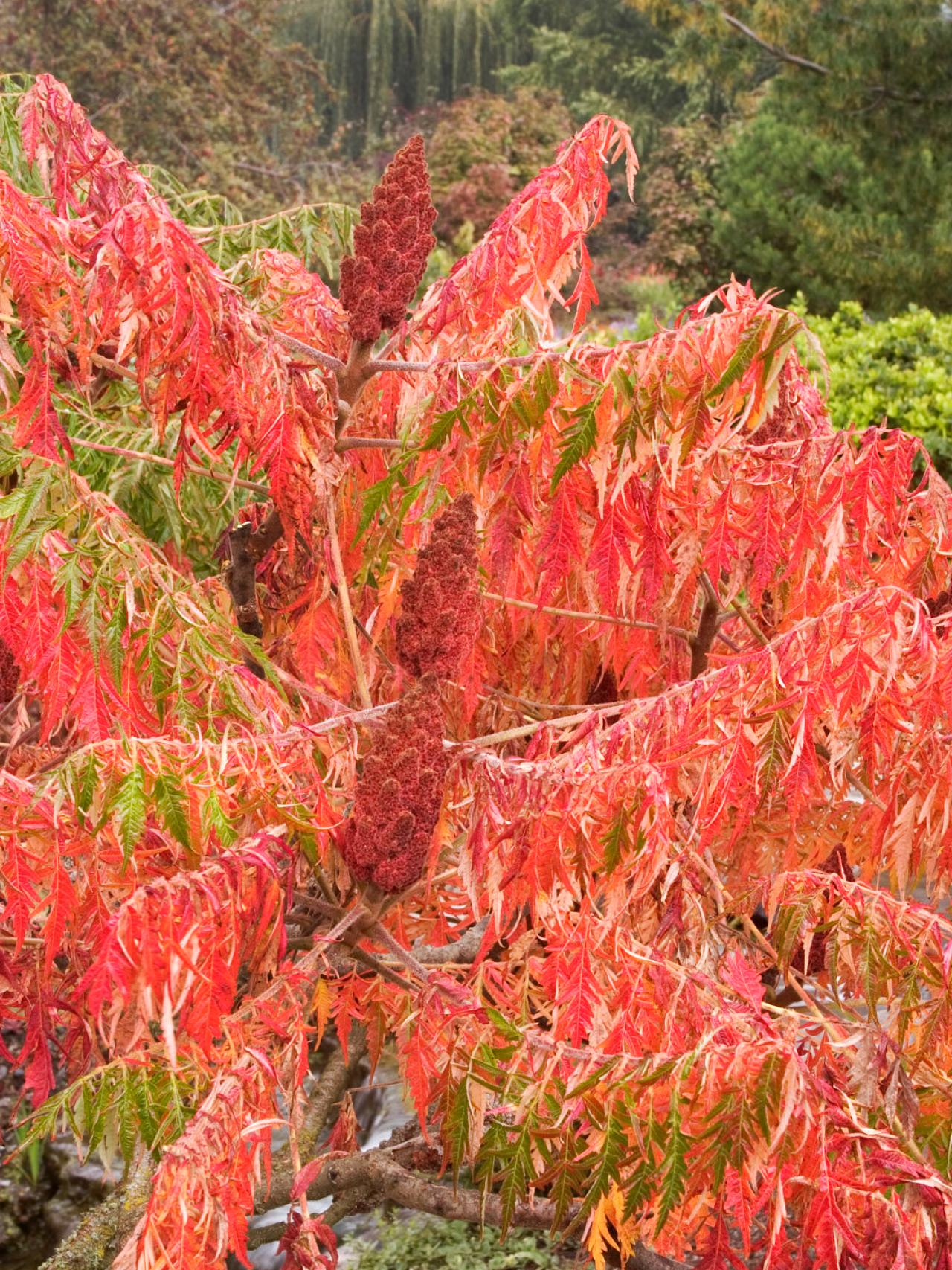
Sumac Trees Are Unsung Garden Trees Hgtv
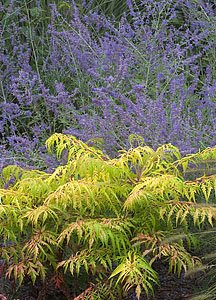
Country Gardener Gold Medal Plant Tiger Eyes Sumac

Sumac Trees Eschmidt Pa Bonsai

Tiger Eyes Cutleaf Staghorn Sumac Johnson S Gardens Cedarburg Wi

Plant Profile Tiger Eyes Sumac

Tiger Eyes Cutleaf Staghorn Sumac Johnson S Gardens Cedarburg Wi

Sumac And Its Uses Berries Forum At Permies
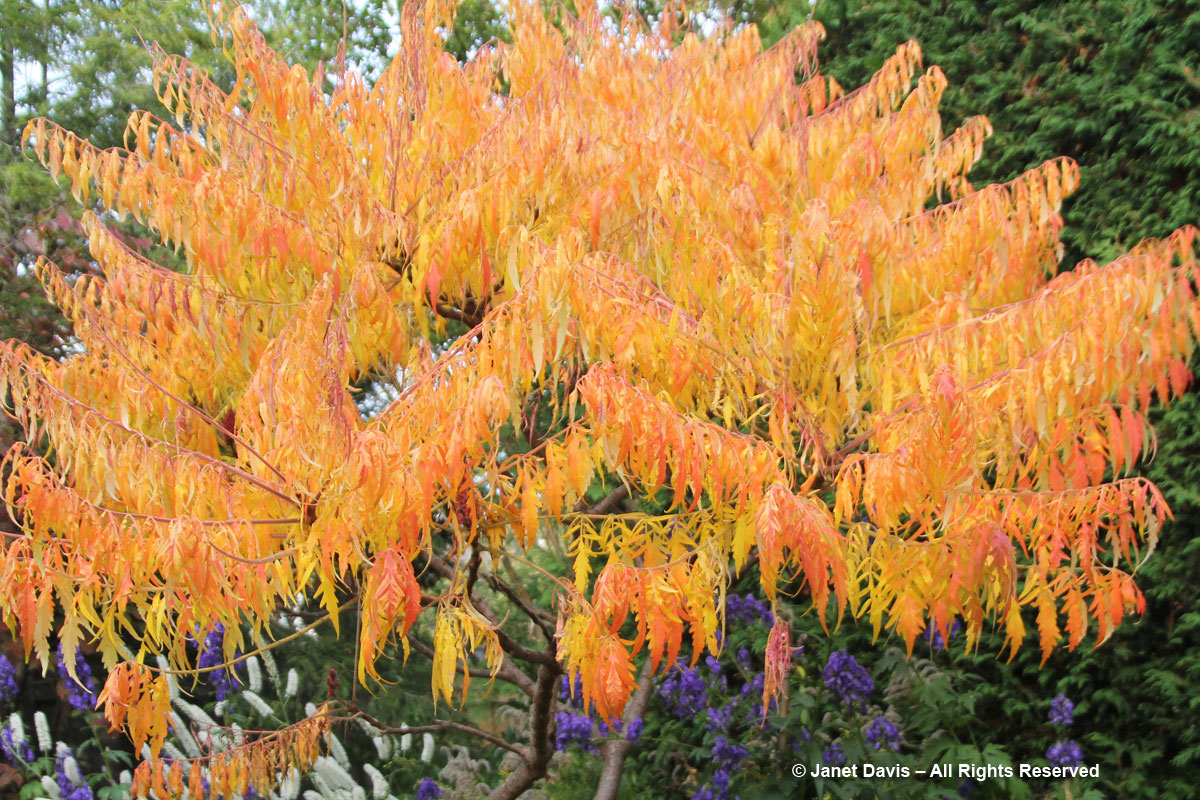
October 2017 Janet Davis Explores Colour

A Sumac For All Seasons Knecht S Nurseries Landscaping
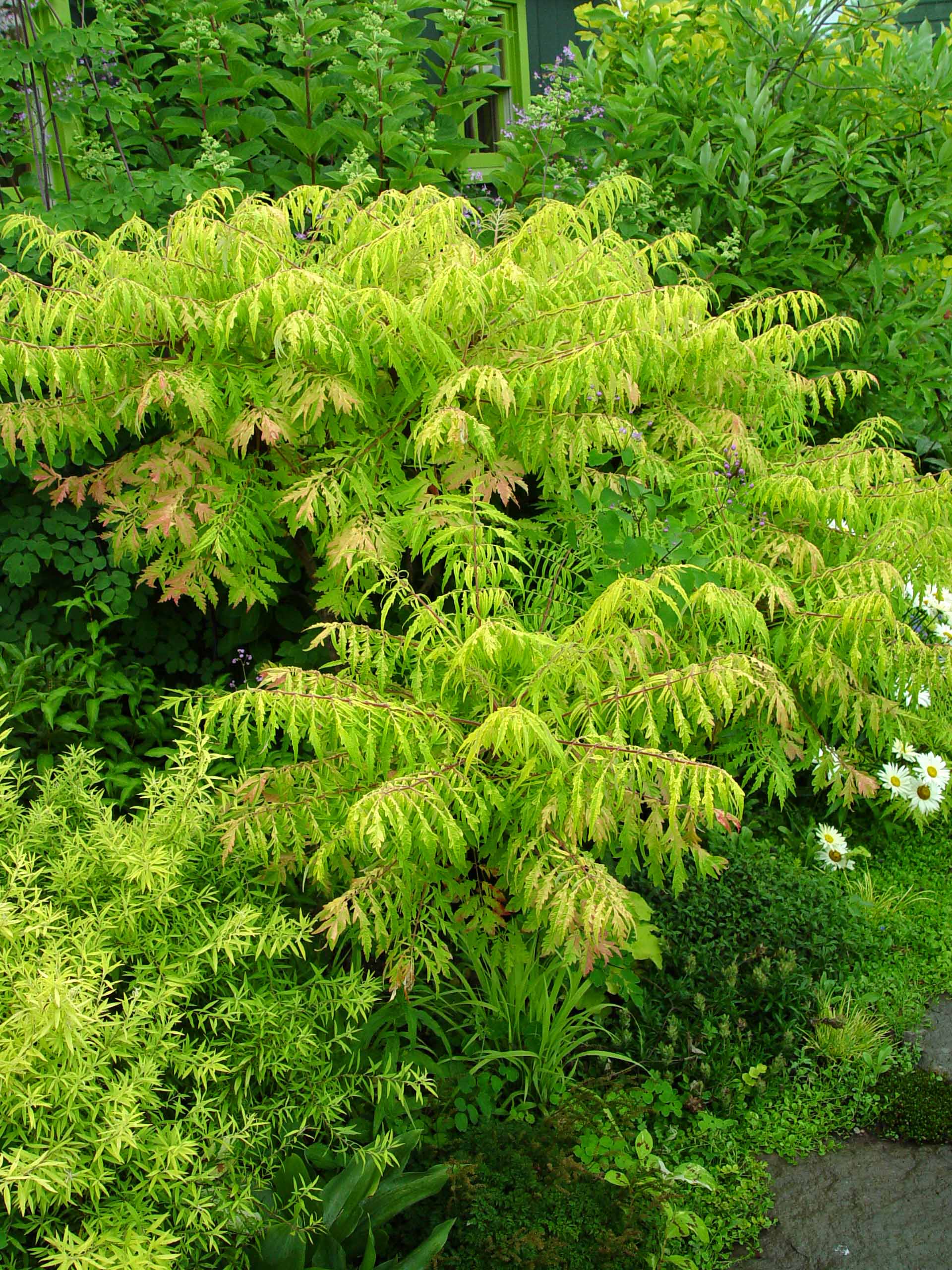
Sumac Tiger Eyes Garden Housecalls

A Sumac For All Seasons Knecht S Nurseries Landscaping
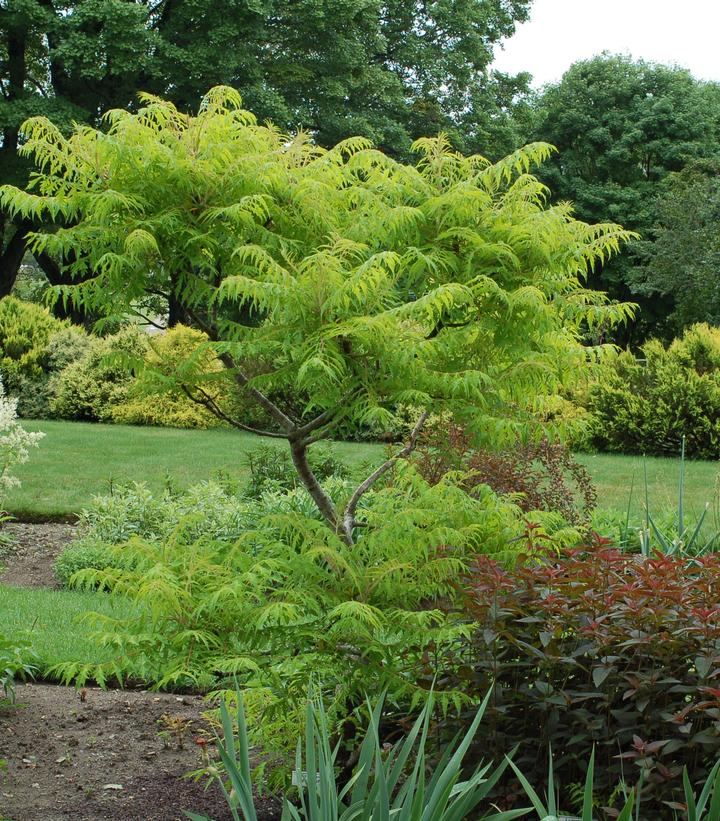
Rhus Typhina Tiger Eyes Tiger Eyes Sumac From Prides Corner Farms

Tiger Eyes Staghorn Sumac Because It Is Very Invasive Use A Deep Bamboo Root Barrier When Used As A Backyard Landscaping Lawn And Landscape Home Landscaping

Poison Sumac How To Identify It And What To Do If You Ve Been Exposed Dave S Garden

Tiger Eyes Sumac Watson S Recommends Youtube
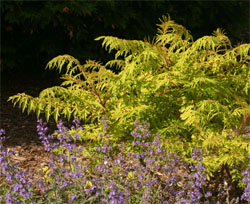
Tiger Eyes Staghorn Sumac Rhus Typhina Wisconsin Horticulture
Tiger Eyes Sumac Far Less Aggressive What Grows There Hugh Conlon Horticulturalist Professor Lecturer And Gardener

